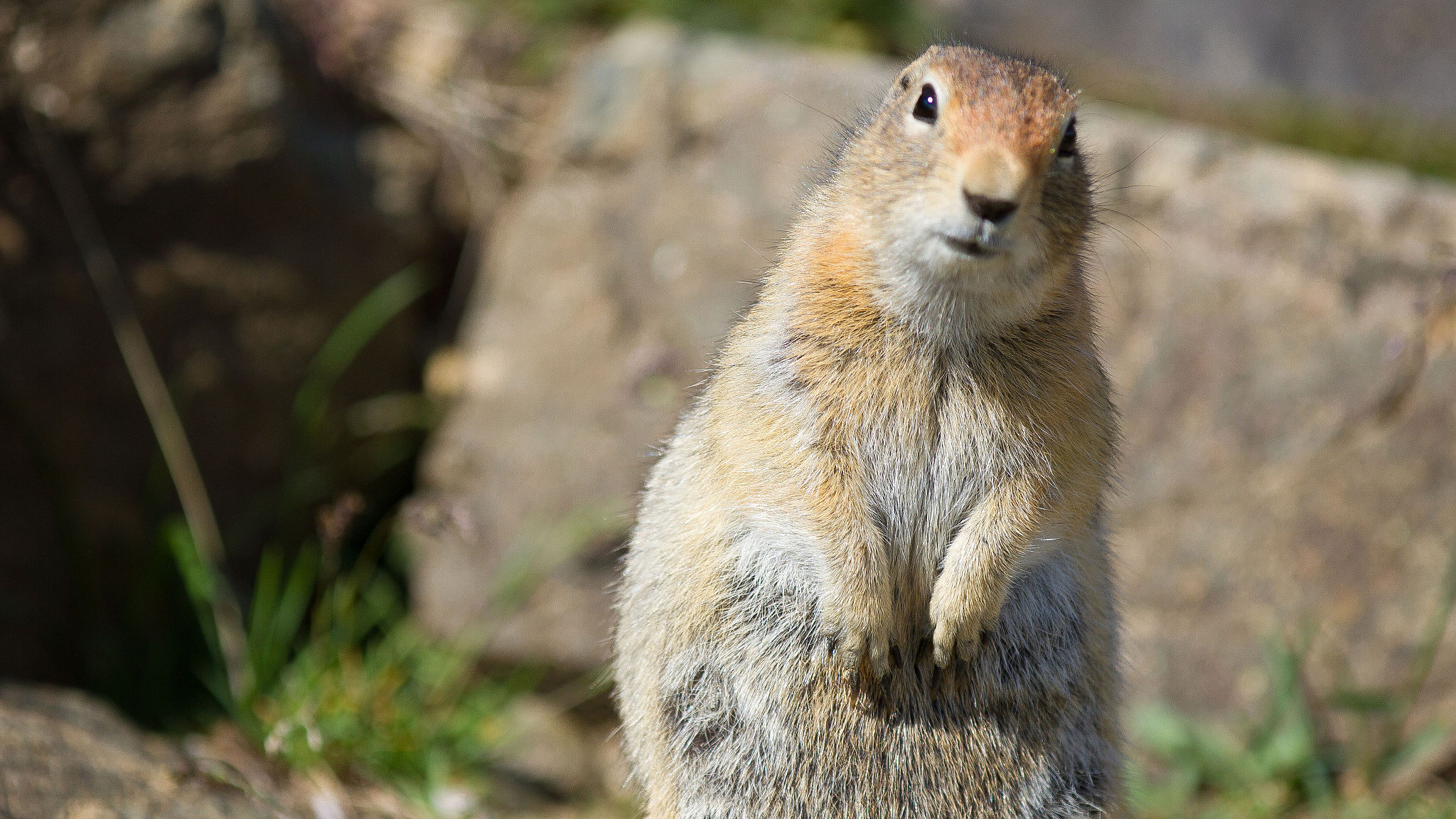How Arctic research could drive Alaska economic growth — if it survives deep state budget cuts
A fresh NIH grant to study squirrel hibernation hints at how Alaska could grow a biosciences industry in the state — if it's willing to support key research.

During long northern winters, Arctic ground squirrels retreat into a state of hibernation, with a body temperature that drops just below the freezing point of water.
The squirrels warm themselves up every two to three weeks, shivering to generate heat, only to settle back down to play it cool again.
When the squirrels emerge healthy in the spring after eight months or so, they resume their hunt for food without having lost muscle mass and without suffering any health problems because of inactivity.
When humans are forced to be inactive because of age or illness, they don’t fare nearly so well.
Even healthy people who are forced to convalesce will see marked reductions in muscle mass after 10 days.
There’s a strong possibility that a better understanding of the Arctic ground squirrel’s yearly hibernation habit might be useful someday in helping humans better manage to cope with prolonged downtime. New knowledge about the precise changes in squirrel metabolism could in turn lead to new drugs and new nutritional products that will help humans stay healthy and maintain muscle mass.
And that possibility is at the heart of a new $11.8 million federal grant awarded to the University of Alaska Fairbanks by the National Institutes of Health.
But this grant to researchers at UAF’s Institute of Arctic Biology could just as well have gone to some other institution — a risk that has been driven home in recent days with calls by Gov. Mike Dunleavy to end to state support for Arctic research in Alaska.
The institutional support provided for this grant by the Institute of Arctic Biology was an important part of securing the grant. And without such support, the money — and perhaps even the researchers — would likely go to a university in some other state.
The University of Alaska Board of Regents will almost certainly reject the governor’s extreme plan, but he has already used his veto power to cut university funding by $130 million, and some of the impending cuts will fall on research institutes that are part of the university.
It’s not yet clear just how serious the cutbacks in Arctic research will be and this is just one example of the uncertainty created by Dunleavy’s attack on higher education.
A campaign to recall the governor and toss him out of office, which may or may not succeed, has been boosted in part by Alaskans alarmed by his decisions about the university.
While that political unrest boils in the background, the new Center of Transformative Research in Metabolism has been established in Fairbanks to help coordinate studies about the links between humans and hibernation. There is potential for new insights about treating diabetes, obesity, and cardiovascular disorders.
Alaska scientists at the university have long studied hibernation in bears, squirrels and other animals.
“We have a 50-year tradition of studying hibernation and we’re at the point where we can being to apply some of that knowledge to humans,” said Kelly Drew, a UAF professor and a key figure in securing the contract.
Drew said she thinks of this new metabolism center as a building block the infrastructure needed to encourage the growth of research in biomedical sciences.
It could nurture the development of private companies looking to apply lessons through pharmaceuticals and nutrition.
There is no reason that biosciences can’t be a growth industry for Alaska, with the potential to create jobs and new businesses.
“The whole point is that it takes state resources to grow infrastructure and this could lead to the development of commercial applications,” she said.
The grant is part of a federal program aimed at helping states that want to expand biomedical research and commercial applications.
“This is a big deal since it shows NIH’s recognition of hibernation as a deserving model for investment in biomedical research and UAF as a national and international center of expertise in hibernation and medical applications,” said Brian Barnes, the director of the Institute of Arctic Biology.
About 10 researchers will be funded through the program, which is to include an upgrade of magnetic resonance machines and other research equipment.
The work they will undertake, could one day translate the secrets of the squirrel into new medicines and nutritional supplements that will improve the quality of life for humans — if the university manages to hold onto its research institutes.
Dermot Cole can be reached at de*********@gm***.com.